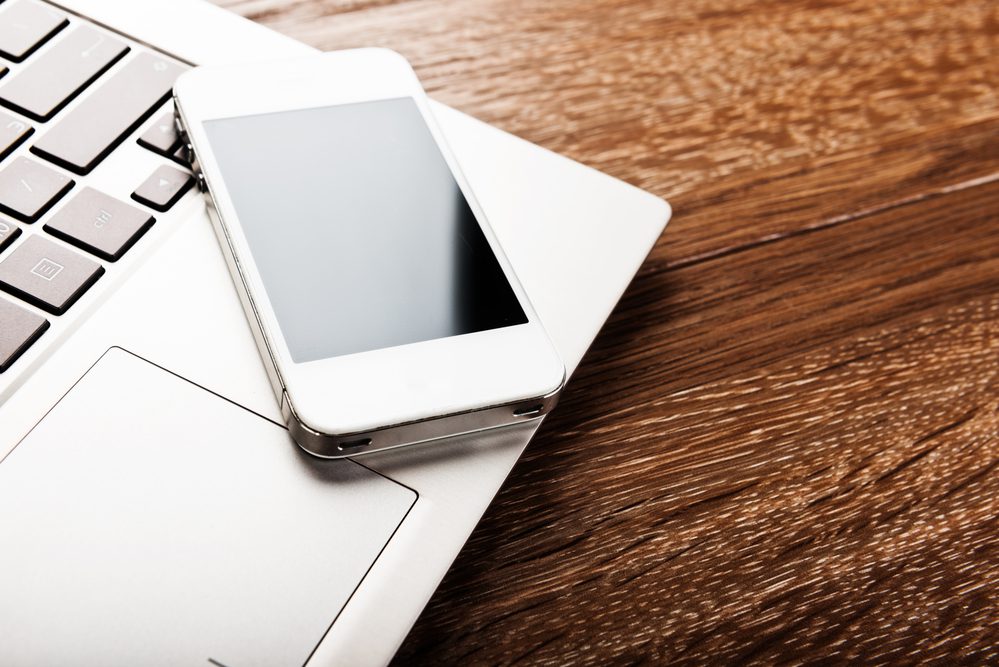So You Think You Know All That Cellphones Can Do

,
Timothy R. Primrose, Mobile Forensic Analyst
The typical thought process for involving cell phone data relevant to a collision in a forensic investigation follows something like, “was the person texting and driving or were they victim to distracted driving?” Yes, cell phone extractions can assist in answering these questions, however, these are not the only answers that cell phone data can offer in such an investigation.
In a recent case, a commercial truck became disabled on a public roadway. Protocol for this situation requires the vehicle operator to place either emergency flares or reflective triangles at varied distances behind the truck within 10 minutes of the truck becoming disabled. These precautions are taken to reduce the risk of a collision; however, in this case, a collision did occur.
Investigators were led to believe that the proper protocols were not taken in a timely manner leading to the events that transpired. Upon analysis of the commercial truck operator’s cell phone, two pictures were discovered. The pictures, which were also emailed to the driver’s employer, displayed the emergency triangles setup as per the industry standard. The pictures and the email provided timestamps that fell within the 10- minute protocol for setting up the emergency triangles, establishing an electronic record showing that the driver complied with the regulatory standards. Geolocation data located in the metadata of the pictures also showed the exact latitude and longitude location of where the pictures were taken.
In another case, a drunk driver was found deceased after crashing his vehicle into a guardrail. Friends of the driver said that when he left the bar, he did not appear to be intoxicated. A data extraction conducted on the decedent’s cell phone provided information pertaining to events leading up to the time of the crash. The deceased received a message on Tinder about meeting a date at a bar right down the street from where he was previously drinking with his buddies. An hour later he texted his brother telling him that his tinder date stood him up and that he was heading home. Next, an email of a credit card receipt was discovered with details of the deceased spending $19.24 at the bar where he was supposed to meet his no-show Tinder date. Investigators concluded that the deceased drank more alcohol while waiting for his date which raised his BAC above the legal limit.
In both cases, cell phone data was utilized to answer the questions that arose for investigators. While cellphone data is often accessed for distracted driving and vehicle collision analyses, they store vast amounts of data that can prove valuable to a variety of investigations.
Timothy R. Primrose, Mobile Forensic Analyst with DJS Associates, Inc., can be reached via email at experts@forensicDJS.com or via phone at 215-659-2010.
Tags: Mobile Forensic Analyst | Timothy R. Primrose


